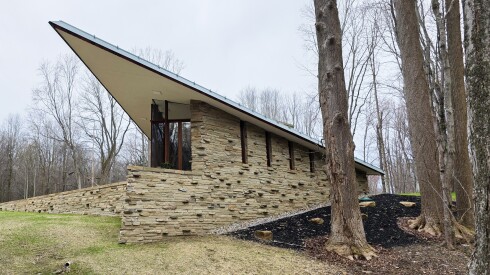First domesticated on this tiny island in 1840, the aloe plant is so important to Aruba that its image is emblazoned on the nation’s crest. Crops once extended over nearly two-thirds of the island and, to this day, remain Aruba’s largest export, explaining why the plant is a frequent motif in local art and architecture. For more information, visit the Aruba Aloe Factory, where you take a guided tour and learn about the manufacturing process. Then, head to the museum to browse a small collection of ancient aloe planting tools as well as books on the plant and its history.
More Recommendations
Aruba Aloe Museum and Factory
Have you been here? Tell us about it below!
Soothe Your Everything at Aruba Aloe
Since 1890, Aruba Aloe has produced the world’s finest aloe products. Their legendarily gentle and soothing lotions and moisturizers are 100% Aruban, cultivated and produced on a 150-acre factory and plantation complete with a museum well worth visiting.
Divi-Divi and Aloe: Aruba’s Flora
Aruba’s arid climate has birthed an unusual assortment of hardy Caribbean flora, such as the iconic divi-divi tree (also found on Curaçao and Bonaire). The underrated Aruba Aloe Museum and Factory in Hato offers an interesting lesson on Aruba’s first cash crop, and on how the island eventually transformed into a cosmetics power. Learn how to carve up your own plant, and even give it a taste. The island’s southern coast is home to beautiful frangipani, coconut, papaya, and almond trees; look closely and you may even spot a resident iguana hanging out.























